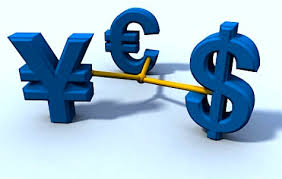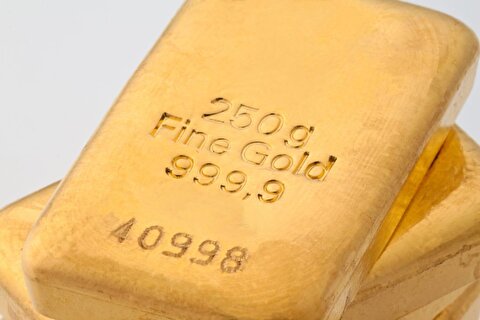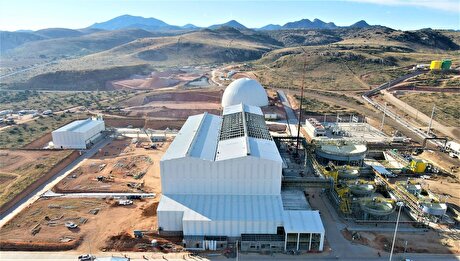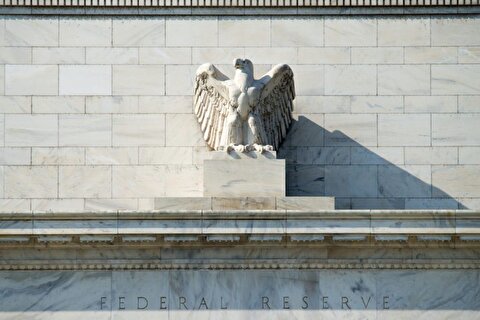
Forex Bull Run Rages On

According to reports from local news websites, the US dollar surged ahead on Sunday and was traded for 56,800 rials in the open market. This marks a rather rapid slide for the Iranian currency since it sunk to a record low against the dollar on March 6 when it crossed the psychological threshold of 50,000.
Gold coin prices also started rallies of their own with the benchmark Bahar Azadi coin changing hands for over 19 million rials ($340) according to Tehran Gold and Jewelry Union's website.
The new low for rial comes, as lawmakers have grown frustrated over the performance of the government and the Central Bank of Iran in managing the currency market.
Mohammad Reza Pour-Ebrahimi, chairman of Majlis Economic Commission, once again took the CBI to task on Sunday for what he called its "zero" involvement in the foreign exchange market.
In trying to figure out the causes of the volatility, the lawmaker referred to stability in consumer prices in light of single-digit inflation, saying inflation can no longer be blamed for the foreign exchange rally.
"From this aspect, there is no justification for the surge in the foreign exchange rate," Pour-Ebrahimi said in an interview with IRIB News Agency, the news outlet of the state television.
Latest CBI figures put the country's inflation during the 12 months to March 20 at 9.6%. In the spring of 2016, Iran’s inflation rate eased into single digits for the first time in a quarter century following the lifting of sanctions against Tehran after the implementation of the landmark nuclear agreement, known as the Joint Comprehensive Plan of Action, in January of that year.
Pour-Ebrahimi pointed to the country's balance of payments, saying the country's annual import bill reaches $40-45 billion, equal to non-oil exports and if oil exports are also accounted for, the country receives more than double the foreign exchange that is transferred out of the country.
He also expected the country's foreign exchange revenues to rise in the current year that started on March 21, considering the surge in global commodity prices.
The lawmaker linked his figure to measures undertaken by CBI in February in the midst of another forex rally, saying that the bank proceeded to implement those measures despite opposition from his commission and some members on the economic team of President Hassan Rouhani.
Back then, the Central Bank of Iran scrambled to unveil a package to shore up the rial and prevent capital flows. Banks were authorized for two weeks to offer interest rates of up to 20% on fixed one-year deposits, against 15% previously.
The bank also ordered lenders to issue rial-based foreign exchange bonds with yields of up to 4.5% and gold sales at attractive prices.
At the time, some had criticized the measures and argued that it would waste previous efforts at bringing down interest rates and inflict extra costs on cash-strapped banks.
Four-Point Measure
Pour-Ebrahimi elaborated on his commission's plan to stabilize the forex market, saying that it is comprised of four parts and will be enacted by CBI.
First and foremost, he said, the plan calls for the revival of foreign exchange accounts in banks that would guarantee the return of deposits plus a decent interest.
Reiterating that $30 billion have flowed out of the country during the second half of the previous year, Pour-Ebrahimi said $20-25 billion worth of foreign exchange are currently being held outside the banking system and which CBI should lure back into the banking system.
Other proposals include regularizing the foreign exchange market beset by a multiple exchange rate system, regulating the exchange shops and enforcing measures that would require exporters to bring their forex income into the country.


Gold price edges up as market awaits Fed minutes, Powell speech

Glencore trader who led ill-fated battery recycling push to exit

Emirates Global Aluminium unit to exit Guinea after mine seized

UBS lifts 2026 gold forecasts on US macro risks

Iron ore price dips on China blast furnace cuts, US trade restrictions

Roshel, Swebor partner to produce ballistic-grade steel in Canada

US hikes steel, aluminum tariffs on imported wind turbines, cranes, railcars

EverMetal launches US-based critical metals recycling platform

Afghanistan says China seeks its participation in Belt and Road Initiative

First Quantum drops plan to sell stakes in Zambia copper mines

Ivanhoe advances Kamoa dewatering plan, plans forecasts

Texas factory gives Chinese copper firm an edge in tariff war

Pan American locks in $2.1B takeover of MAG Silver

Iron ore prices hit one-week high after fatal incident halts Rio Tinto’s Simandou project

US adds copper, potash, silicon in critical minerals list shake-up

Barrick’s Reko Diq in line for $410M ADB backing

Gold price gains 1% as Powell gives dovish signal

Electra converts debt, launches $30M raise to jumpstart stalled cobalt refinery

Gold boom drives rising costs for Aussie producers

First Quantum drops plan to sell stakes in Zambia copper mines

Ivanhoe advances Kamoa dewatering plan, plans forecasts

Texas factory gives Chinese copper firm an edge in tariff war

Pan American locks in $2.1B takeover of MAG Silver

Iron ore prices hit one-week high after fatal incident halts Rio Tinto’s Simandou project

US adds copper, potash, silicon in critical minerals list shake-up

Barrick’s Reko Diq in line for $410M ADB backing

Gold price gains 1% as Powell gives dovish signal

Electra converts debt, launches $30M raise to jumpstart stalled cobalt refinery

















